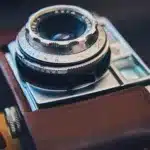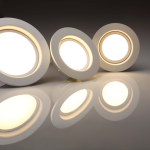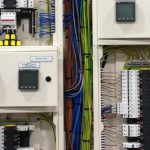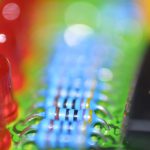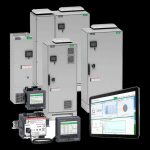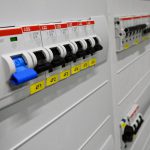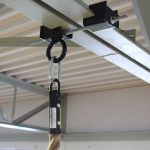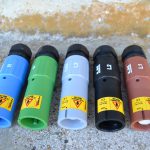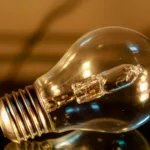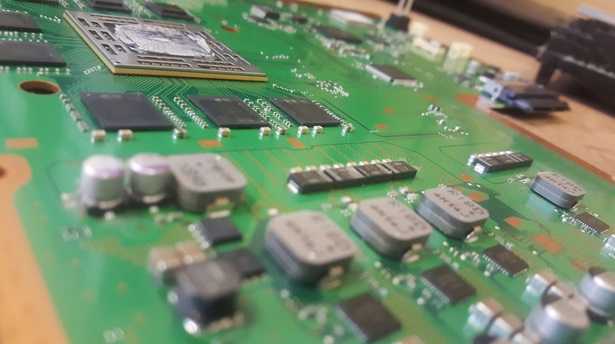
A step Recovery diode (SRD) is a semiconductor that has a two terminal P-I-N junction, hence exhibits, special dynamic switching characteristics compared to the p-n junction diode. SRDs are also known as snap-off, memory varactor charge storage diodes. Owing to its structure, SRDs have found applications in several circuits. To understand where and why they are applied, it’s prudent to first understand its structure.
SRD structure and characteristics
SRDs are fabricated in such a manner that doping levels gradually decrease as the junction is approached. This PIN structure leads to less charge within the junction resulting in reduced switching time. The little charge contained close to the junctions is released faster than in the P-N junction diodes.
The structure of the SRD makes it possible to establish forward current faster than in the usual P-N junction diode.
Applications of Step Recovery Diode
- Pulse shaping circuits
A pulse shaping circuit sharpens the rise and fall time of input pulses. It converts slow rise or fall time input pulse into a more rapid fall or rise time output pulse. There are two types of pulse shaping circuit, the shunt-series, and the shunt-shunt pulse shapers.
When a forward biased SRD is suddenly reverse-current biased it will appear as low resistance until the charge stored in it is depleted. The resistance will then rise to its usual to its high reverse impedance hence stopping the flow or reverse current. This transition of resistance takes place in less than a nanosecond. This characteristic of the SRD makes it ideal for pulse shaping circuits.
- Wave generation
Due to the transient behavior of the PN junction in response to step voltage, the SRDs can be used for wave generation. If the PN is forward biased with a certain amount of current and then the voltage reverses polarity, the junction does not switch off immediately, it takes some time. During this time, the current is transient. It takes some time to deplete the charge stored and hence raise the junction barrier.
The period within which the PN junction is forward biased is called the storage phase. It’s during this time that the junction exhibits a low impedance and almost constant voltage. Toward the end of this phase, the junction barrier increases resistance eventually switching off the junction marking the beginning of the decay phase. In SRD, the decay time is extremely short. The SRD can be coupled with voltage and current sources and other electronic components to come up with wave generators. Some of the common generators resulting from various configurations are basic charge trading, bi-directional, square wave, and unidirectional generators.
2-Frequency multipliers
A frequency multiplier is a circuit that generates an output signal whose frequency is a multiple of the frequency of the input signal. Efficient frequency multipliers can be made by connecting the output line of damped waveform generators to a resonant circuit. A damped waveform is created by connecting a lightly loaded transmission of a ¼ wavelength at a certain frequency (a function of the impulse width) across the output of a unidirectional generator.
Frequency multipliers made from SRD exhibit admirable levels of efficiency. They have cut-off frequencies of 200-300 GHz. The maximum efficiency achievable is approximated to be 1/n, n being the multiplication ratio. This holds for multiplication levels of more than 3. For multipliers of lower multiplication levels, the efficiency achieved can be as high as 65%
3-Frequency comb generator
Step Recovery Diode wave generators can be used as building blocks for frequency comb generators. With a few modifications, a large variety of digital and analog functions can be achieved. Some of the resulting generators include variable pulse delay and one-shot voltage impulse generators.
In overall, the use of this diode in circuits leads to high efficiency, comb generation, narrow bandwidth, high and low order multiplication. You can pulse shapers, wave generators, frequency multipliers and frequency comp generators as building blocks for even bigger circuits. Even though it’s not widely used nowadays, it is evident that the SRD is still very useful in numerous applications.







